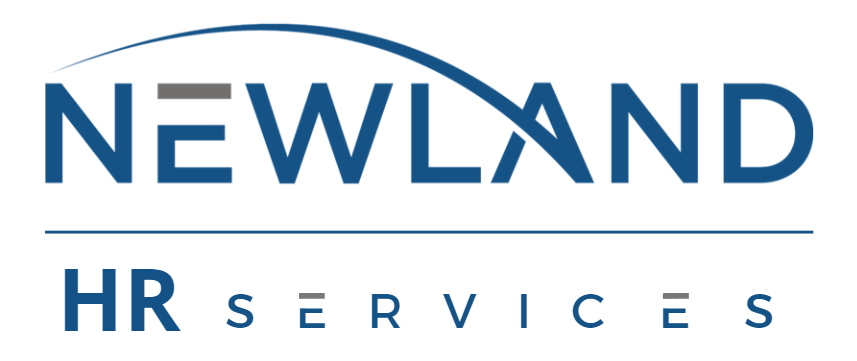When organizations expand or operate in Puerto Rico, one complexity often underestimated is compliance. While many companies understand the need for cultural fluency, few anticipate the full weight of the dual compliance environment—a unique convergence of U.S. federal regulations and Puerto Rico’s local labor laws. Managing human resources on the island means more than offering bilingual communication; it demands bilingual compliance fluency.
Puerto Rico occupies a distinctive legal space: as a U.S. territory, federal laws such as the Fair Labor Standards Act (FLSA), Family and Medical Leave Act (FMLA), and Occupational Safety and Health Act (OSHA) apply. At the same time, the island has its own labor code, including the Puerto Rico Minimum Wage Act and Ley Núm. 4-2017 (the Labor Transformation and Flexibility Act), which governs employment contracts, benefits, and termination procedures.
These overlapping systems—often written in different languages and with different legal interpretations—require businesses to nimbly translate, interpret, and implement HR policies that satisfy both jurisdictions. It’s not simply about direct translation. It’s about legal fluency, contextual understanding, and operational execution.
The Challenge of Legal Duality
For HR teams, navigating this dual system isn’t just a legal exercise—it’s a strategic imperative. Consider a few real-world scenarios:
- Wage and hour policies may align under the FLSA but differ in thresholds or exemptions under Puerto Rico law.
- Leave entitlements may vary in terms of accrual and eligibility between FMLA guidelines and local maternity/paternity statutes.
- Termination procedures are notably more complex in Puerto Rico, where local laws offer greater employee protections than in many U.S. states.
Misalignment in any of these areas can expose companies to litigation, penalties, and reputational risk—especially if they rely solely on U.S.-based HR templates or English-only legal reviews. A 2021 GAO report on Puerto Rico’s recovery highlighted how navigating federal and local regulatory frameworks requires significant coordination and contextual understanding—particularly in workforce development and legal compliance.
Language Isn’t Just a Medium—It’s a Legal Asset
Spanish is the dominant language spoken in Puerto Rico, yet many official documents—especially those involving U.S. agencies, federal compliance, or multinational operations—must be prepared in English. This places HR professionals at the nexus of legal translation and cross-cultural interpretation.
The Federal District Court of Puerto Rico conducts its proceedings in English, and most federal communications (such as with the EEOC or U.S. Department of Labor) must be submitted in English. In contrast, Puerto Rico’s Department of Labor and Human Resources functions primarily in Spanish.
This duality means companies must ensure HR documentation is not just translated, but accurately contextualized for both regulatory landscapes. A poorly translated termination letter or policy update, for instance, can have serious legal consequences if it fails to meet either jurisdiction’s requirements.
Building a Bilingual Compliance Function: Key Considerations
To thrive in Puerto Rico’s dual compliance environment, HR leaders should consider the following:
- Hire or Partner with Legally Bilingual HR Experts
Whether through internal HR staff or external consultants, prioritize bilingual professionals with legal comprehension in both U.S. and Puerto Rican labor law. This ensures documentation, reporting, and policy interpretation can withstand scrutiny from either jurisdiction. - Implement Dual-Language Documentation Standards
Employee handbooks, onboarding materials, and training guides should be crafted in both Spanish and English, and reviewed for compliance on both fronts. Translation alone is insufficient—language must reflect legal precedent and cultural context. - Conduct Regular Compliance Audits with Local Expertise
Annual audits should include a review of how federal and local labor laws are being implemented, and where there may be conflicts or gaps. These audits are most effective when supported by HR and legal experts familiar with Puerto Rico’s evolving legal climate. - Educate Mainland Stakeholders
Many HR policies are created at U.S. headquarters and pushed to local offices without adequate localization. Regular training and updates should be provided to mainland HR and legal teams to ensure full understanding of Puerto Rico’s unique requirements.
Why It Matters Now More Than Ever
In an era where remote work and nearshoring are becoming strategic advantages, more companies are hiring employees in Puerto Rico without fully understanding the compliance landscape. These arrangements, while promising from a cost and talent standpoint, can create legal vulnerabilities if not managed with local expertise.
The Puerto Rico Chamber of Commerce recently emphasized the importance of public-private collaboration to drive reform and support business development on the island. For companies expanding into Puerto Rico, this means understanding the legal, linguistic, and operational frameworks that shape business success.
Mastering Puerto Rico’s dual compliance system isn’t a check-the-box exercise—it’s a strategic investment. Companies that build bilingual compliance into their HR infrastructure will not only avoid legal pitfalls but also gain a competitive advantage in attracting, retaining, and empowering top-tier talent on the island.








